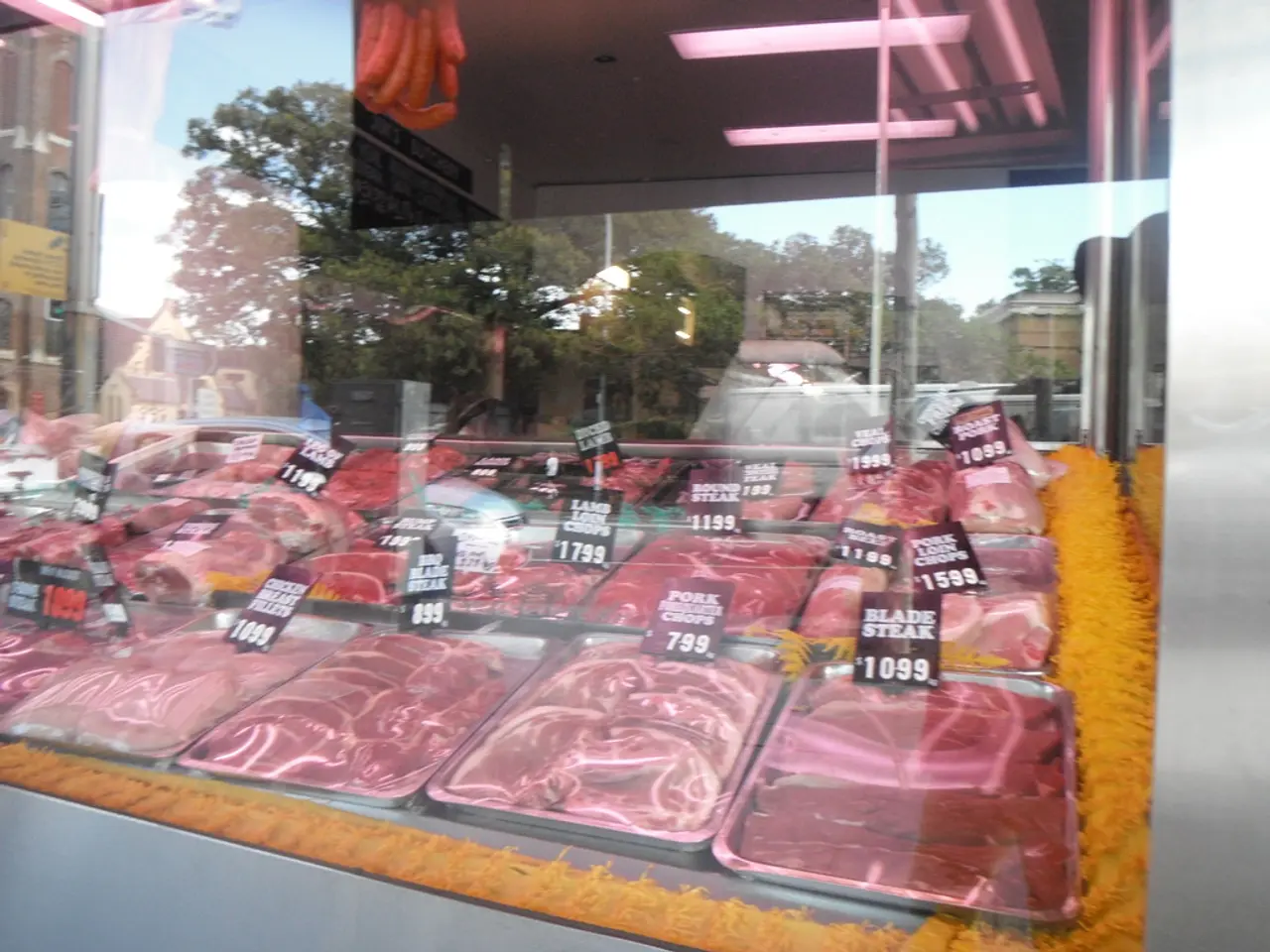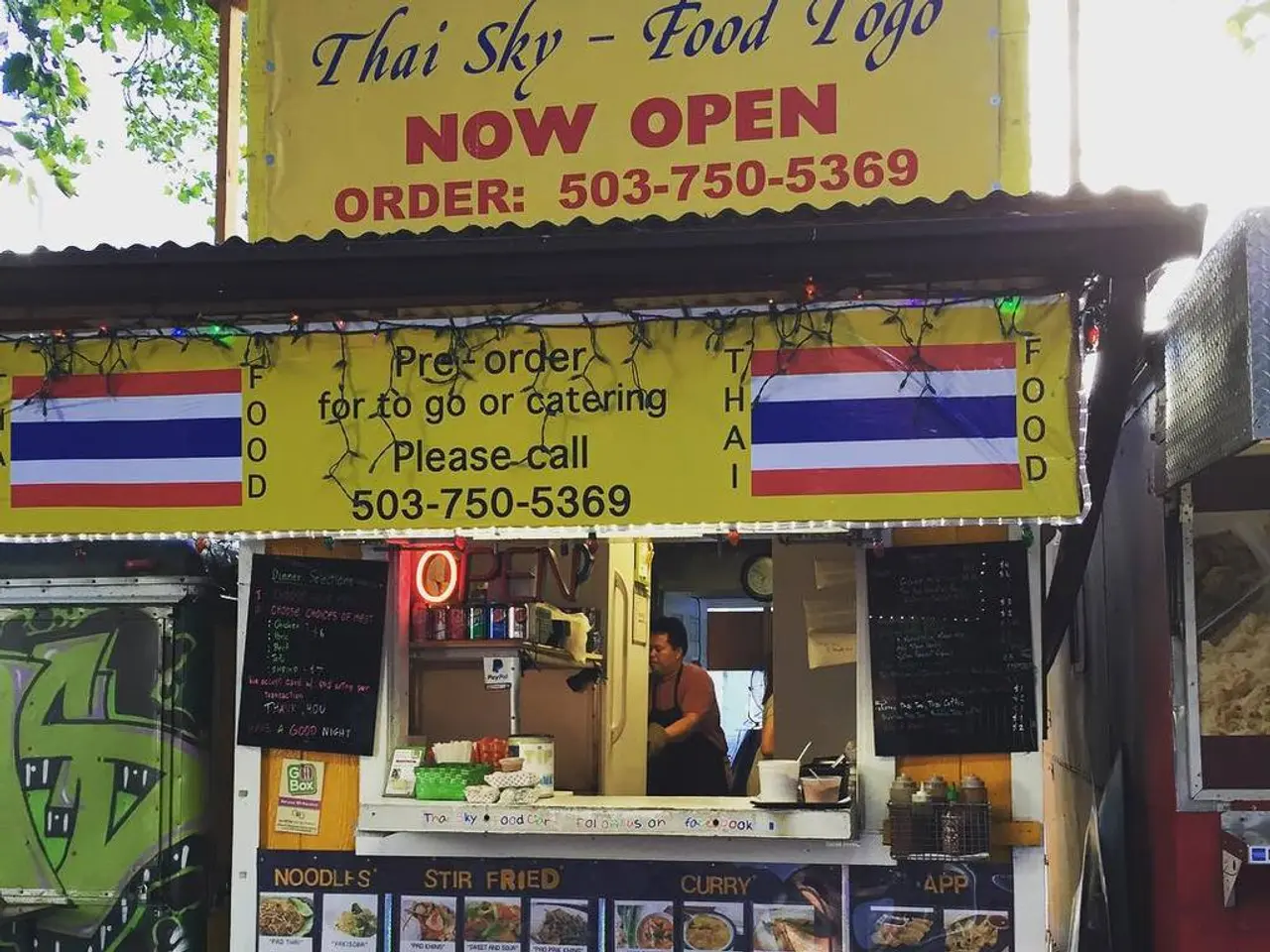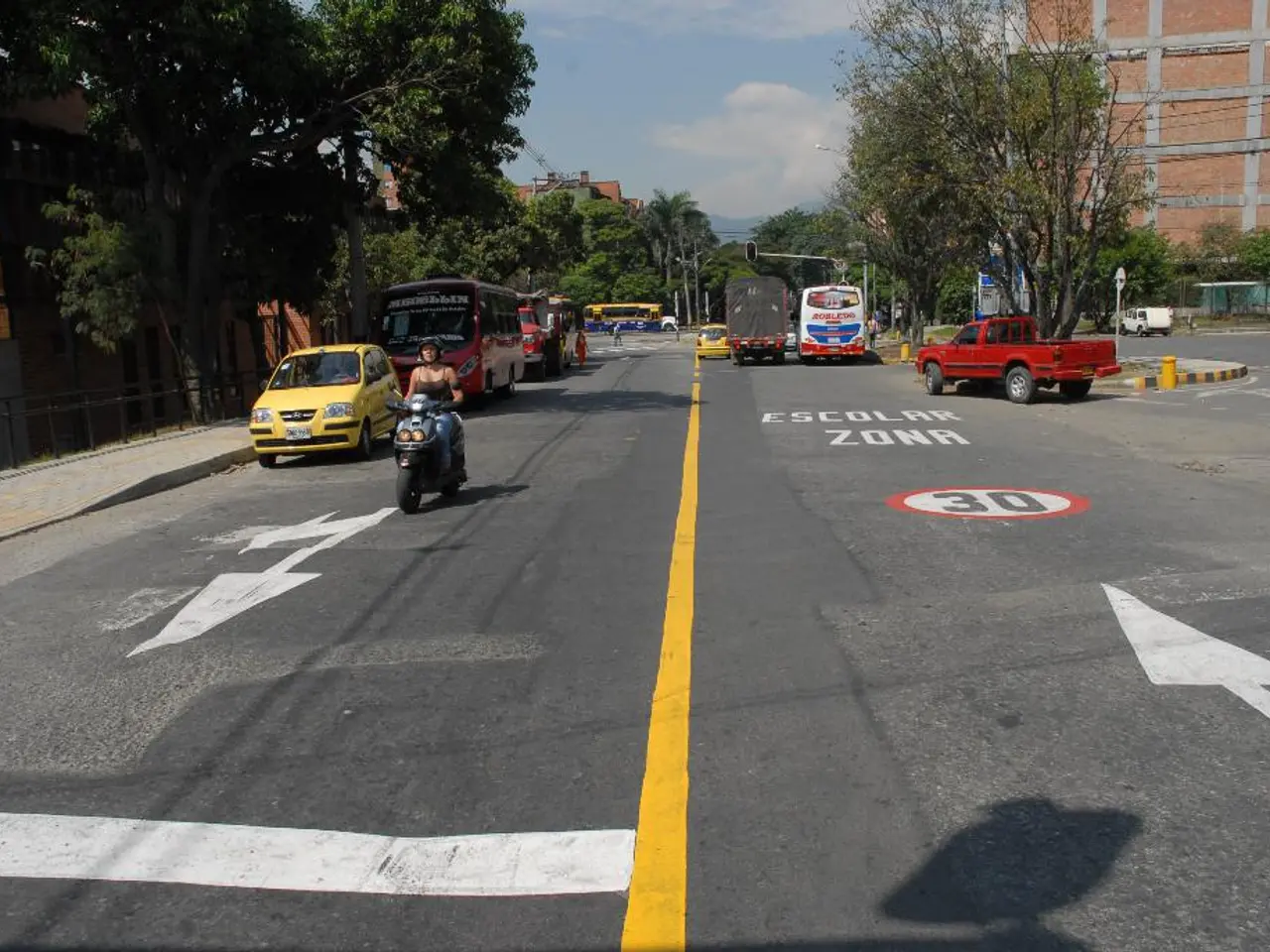Expanding Meat Packaging Industry Estimated to Achieve USD 21.1 Billion by 2034
The global meat packaging market is gearing up for significant growth over the next decade, driven by rising meat consumption and a consumer preference for protein-rich and convenient food solutions. According to recent reports, the market is expected to reach a staggering USD 21.1 billion by 2034, growing at around 6.1% CAGR.
Asia and Latin America are set to lead this growth, with global meat production predicted to rise by 13% to 406 million tons by 2034, with poultry being the main driver of this increase. The Asia-Pacific (APAC) region, in particular, held a 43.1% share in the global meat packaging market in 2024, valued at approximately USD 6.0 billion.
Key trends in the market include the adoption of advanced packaging technologies such as modified atmosphere packaging (MAP), vacuum skin packaging, and vacuum packaging. These technologies extend shelf life, improve product safety, and attract health-conscious consumers. Flexible packaging remains popular, but rigid and biodegradable packaging are on the rise, with active packaging (e.g., oxygen scavengers) growing rapidly.
The rise in demand for ready-to-cook and portion-controlled poultry products has spurred investments in hygienic, tailored packaging for chicken, turkey, and other poultry meats. Amcor plc, for instance, has introduced high-barrier, recyclable packaging solutions for meat products. Berry Global Group, Inc. has developed Cryovac brand packaging for meat, offering vacuum skin packaging (VSP) that enhances shelf life and reduces spoilage.
Sustainability concerns and demands for animal welfare are motivating the development of packaging that helps reduce spoilage and food waste, aligning with environmental goals despite rising meat production emissions. Constantia Flexibles Group GmbH has developed EcoLam, a sustainable laminate for meat packaging with reduced plastic content, while Smurfit Kappa plc launched Proteus, a sustainable paper-based meat tray that is fully recyclable.
Businesses in the meat packaging market should prioritize sustainability and invest in smart packaging technologies. Innovations like biodegradable materials and smart packaging will shape the future of the market. The market's growth significantly impacts the global economy by creating jobs and fostering innovation.
In conclusion, the global meat packaging market to 2034 is shaped by increasing meat production and consumption mainly in Asia and Latin America, consumer demand for protein-rich and convenient meat products, innovations in packaging technology that extend shelf life and align with environmental and health trends, and the rising importance of convenience and flavor variety in meat products. The market is poised for strong growth, driven by these factors, and businesses that prioritize sustainability and invest in smart packaging technologies are likely to thrive.
- Despite the anticipated growth in the global meat packaging market, there is a growing emphasis on sustainability and animal welfare, resulting in the development of packaging that reduces spoilage and food waste.
- The preference for protein-rich and convenient food solutions extends beyond meat packaging, as sports nutrition, another industry focused on protein and convenience, is also experiencing growth and innovation.







